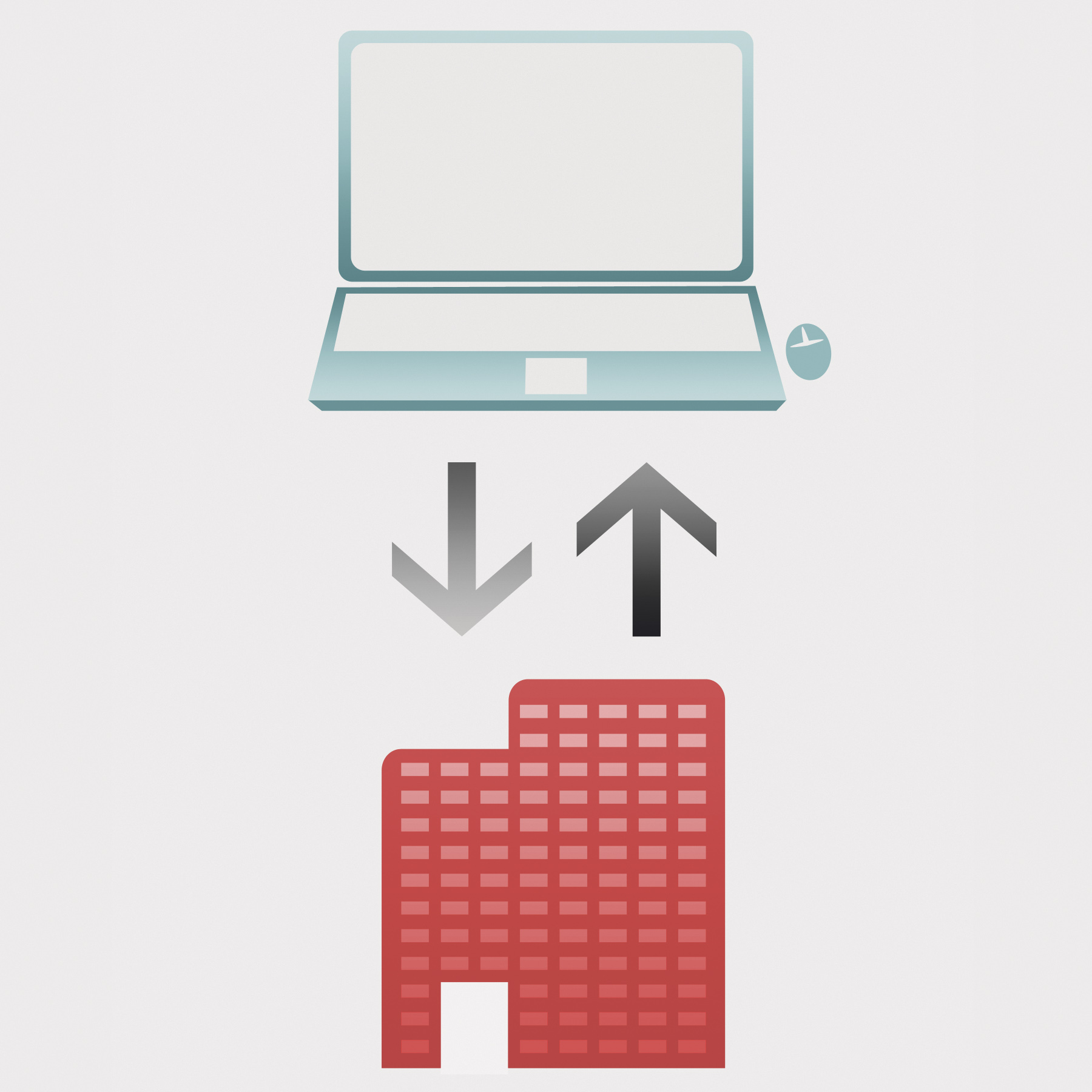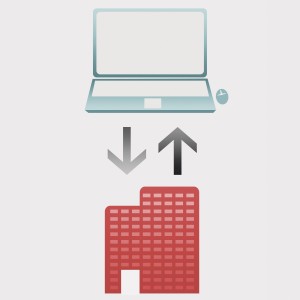Flipping traditional lectures


In an attempt to mix up the traditional teaching style, some Wilfrid Laurier University professors are turning the idea of lectures on its head.
The idea is called flipped classrooms or blended learning, meaning that it combines class time with outside, online components.
“The idea of this flipped classroom is to move the initial learning out of the classroom to at home and to use class time to basically assess what people learned and allow them to apply and practice what they learned,” explained Chris Alcantara, a political science professor who started incorporating flipped classrooms learning into his teaching last year.
This may involve watching videos, accessing online material or lectures, or completing quizzes in advance of coming to class.
Stephen MacNeil, an associate professor of chemistry, began implementing this into his classes in 2010 after finding that, with increasingly large class sizes, students weren’t responding well to the typical lecture format.
“Standing at the front of a classroom and hoping students were listening is getting less and less effective,” he said. “Without any formal training in classroom management, without knowing anything about how students learn, you just teach the way you were taught.”
So far, for MacNeil and Alcantara, the results have been positive.
“I was amazed with the results,” said Alcantara, who tried out the flipped classroom model in his first-year seminar and found that papers and discussions were at a higher level than expected.
Though he hadn’t done the research on his own classes, MacNeil said that research has shown that grades are typically higher when these methods are used.
Some students weighed in on whether they think the traditional lecture style is sufficiently engaging.
“It depends on how he or she teaches,” reflected second-year psychology student Mina Ly. “If it’s kind of just a reading from your slides type thing, I find I zone out all the time. I find that when they use real-life examples it tends to relate to students more.”
“I think it depends on the teacher, because you have those teachers that just put their slides up and just read directly off of it,” added fifth-year kinesiology student, Rashad Latouche.
While results have been good so far, active learning relies more heavily on the students to complete work before class. Whether students overall will have the time-management skills or motivation is a potential weakness in the system.
“If a quiz is mandatory, obviously everyone’s going to do it. If you make it an optional thing, you’re not going to have all the students doing it,” said Latouche.
He said that he wouldn’t watch lectures in advance of every class, but would for some.
Second-year psychology student Yen Hoang believes students might be more likely to try and tackle the material without attending lectures with more information available online.
“You’re less likely to go to class, because you can sit at home and do it yourself,” she said.
For Alcantara, placing more responsibility on the students is a positive.
“I think it is more demanding on students, but I don’t see that as a bad thing; I see that as a good thing. Active learning is going to generate better results than passive learning,” he maintained.
The best way for a professor to introduce flipped classrooms into their teaching is gradually, MacNeil believes, as it can be a difficult adjustment for both lecturers and students.
“It’s something that you should implement a little bit at a time, because it is a bit overwhelming for an instructor to do all of the things that need to be done and it can be overwhelming for students to be hit with this change all at once,” he said.
“There’s always a bit of student resistance to this because I think a lot of students find that the easiest thing to do is to show up at lecture, sit and listen and let the material wash over you.”

